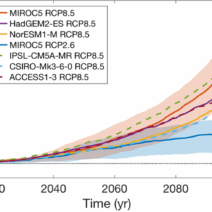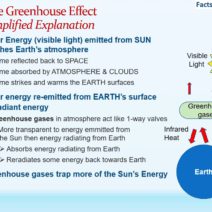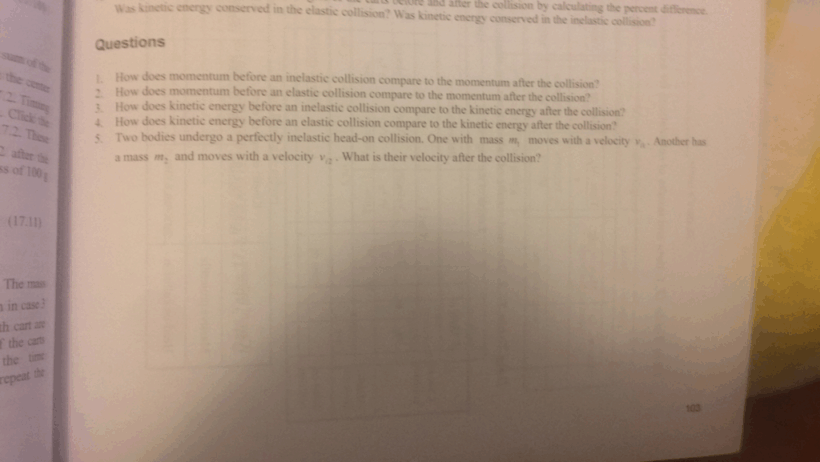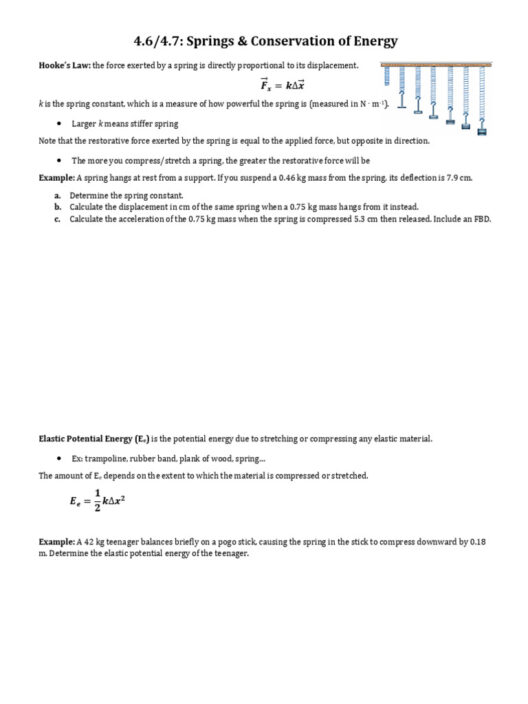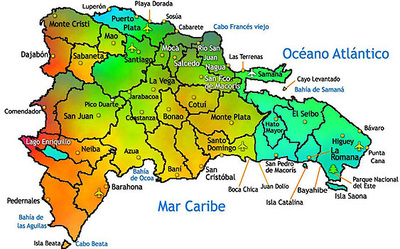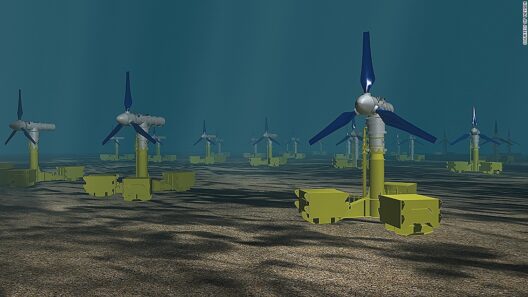Understanding whether kinetic energy is conserved in collisions requires delving into the nature of these interactions. Kinetic energy, the energy associated with the motion of objects, becomes particularly intriguing when examining its behavior during collisions. By categorizing collisions into specific types, we can unveil the nuances that dictate the conservation of kinetic energy.
The first classification of collisions is elastic collisions. In these instances, both momentum and kinetic energy are conserved. An ideal example can be visualized through billiard balls striking one another. When they collide, they bounce off each other without any loss of energy or deformation. The velocity vectors change, yet the overall system retains its initial kinetic energy, providing a clear illustration that in certain scenarios—especially at macroscopic scales involving solid bodies—kinetic energy does indeed endure.
On the opposite end of the spectrum lies the inelastic collision. In this type of collision, while momentum is conserved, kinetic energy is not. A quintessential scenario involves two cars colliding and crumpling upon impact. The post-collision mess indicates that kinetic energy has transformed into other forms of energy—like heat, sound, or the energy associated with creating structural deformations. Thus, while the total momentum before and after the collision remains unchanged, a substantial portion of kinetic energy is dissipated, illustrating that energy conservation is contingent on the nature of the collision.
Furthermore, within the category of inelastic collisions, an even more specific case arises: the perfectly inelastic collision. In a perfectly inelastic collision, the colliding bodies stick together post-impact, moving as a single entity. An example can be observed in the context of two clay balls colliding and merging. Here, not only is kinetic energy lost to other forms of energy, but the two-object system also adopts a single velocity, emphasizing drastic changes in the system’s dynamic properties. It is essential to note that, although momentum is conserved, the kinetic energy lost in this collision type represents a profound transformation, inviting curiosity about energy’s various manifestations.
Equally important are external factors that can influence kinetic energy conservation. For instance, friction and air resistance can play pivotal roles in real-world scenarios. When either friction or air resistance is present, a part of the kinetic energy is converted into thermal energy, thus inferring that, although momentum may remain conserved in a collision, the kinetic energy is prone to modification. The interaction of kinetic energy with external forces highlights the complexities involved in energy conservation, prompting a reevaluation of our understanding of collisions.
Consider now the role of speed in the context of collisions. The kinetic energy of an object is directly related to the square of its velocity, as encapsulated in the formula KE = 1/2 mv², where m denotes mass and v represents velocity. Thus, if two objects with significantly different speeds collide, the faster object possesses a kinetic energy that exponentially exceeds that of the slower one. This discrepancy leads to intriguing outcomes in their post-collision behaviors—if the fast-moving object undergoes a collision with a stationary object, the aftermath may approximate an elastic collision, exhibiting greater conservation of kinetic energy as it transfers energy to the other body without significant energy loss relative to its initial speed.
Another fascinating angle to consider is the conservation of kinetic energy in quantum-scale collisions. As we delve into the microcosm of particles, collisions often defy classical expectations. In quantum physics, particles like electrons exhibit wave-particle duality. This complexity introduces a nuanced understanding of energy levels and the behavior of particles during collisions. For instance, during a high-energy particle collision, the underlying quantum principles can lead to phenomena that result in energy being redistributed among various particles, thus complicating traditional notions of kinetic energy conservation.
The ramifications of these interactions extend beyond theoretical frameworks and into tangible aspects of technology and engineering. The evolution of crash test safety protocols hinges on a profound understanding of kinetic energy in collisions. Car manufacturers utilize insights drawn from both elastic and inelastic collision principles to enhance vehicle safety features. The design of crumple zones, which deliberately collapse in a controlled manner during a collision, serves to absorb kinetic energy, mitigating the impact on passengers. Such engineering marvels exemplify a practical application of kinetic energy principles, underscoring the importance of energy conservation in real-world scenarios.
In summary, whether kinetic energy is conserved in a collision is contingent upon a myriad of factors, including the nature of the collision, the disparity in speeds, the presence of external forces, and even the underlying quantum mechanics governing interactions at minute scales. This exploration reveals a complex tapestry of interactions whereby the conservation of kinetic energy is not a singular truth but rather a conditional phenomenon influenced by numerous variables. By recognizing the diverse scenarios that shape our understanding of energy conservation, we unlock a realm of possibilities that prompts us to rethink traditional notions and encourages continued exploration in the multifaceted world of physics.
